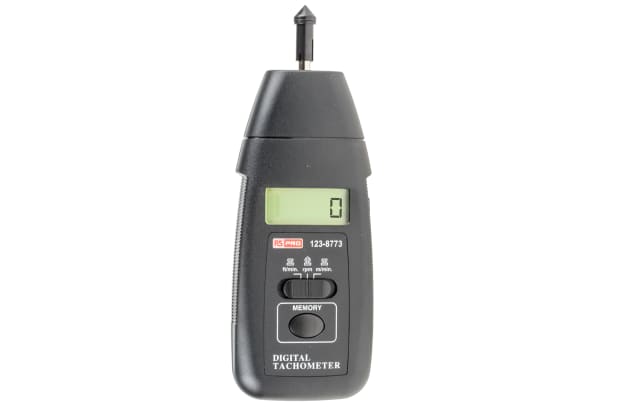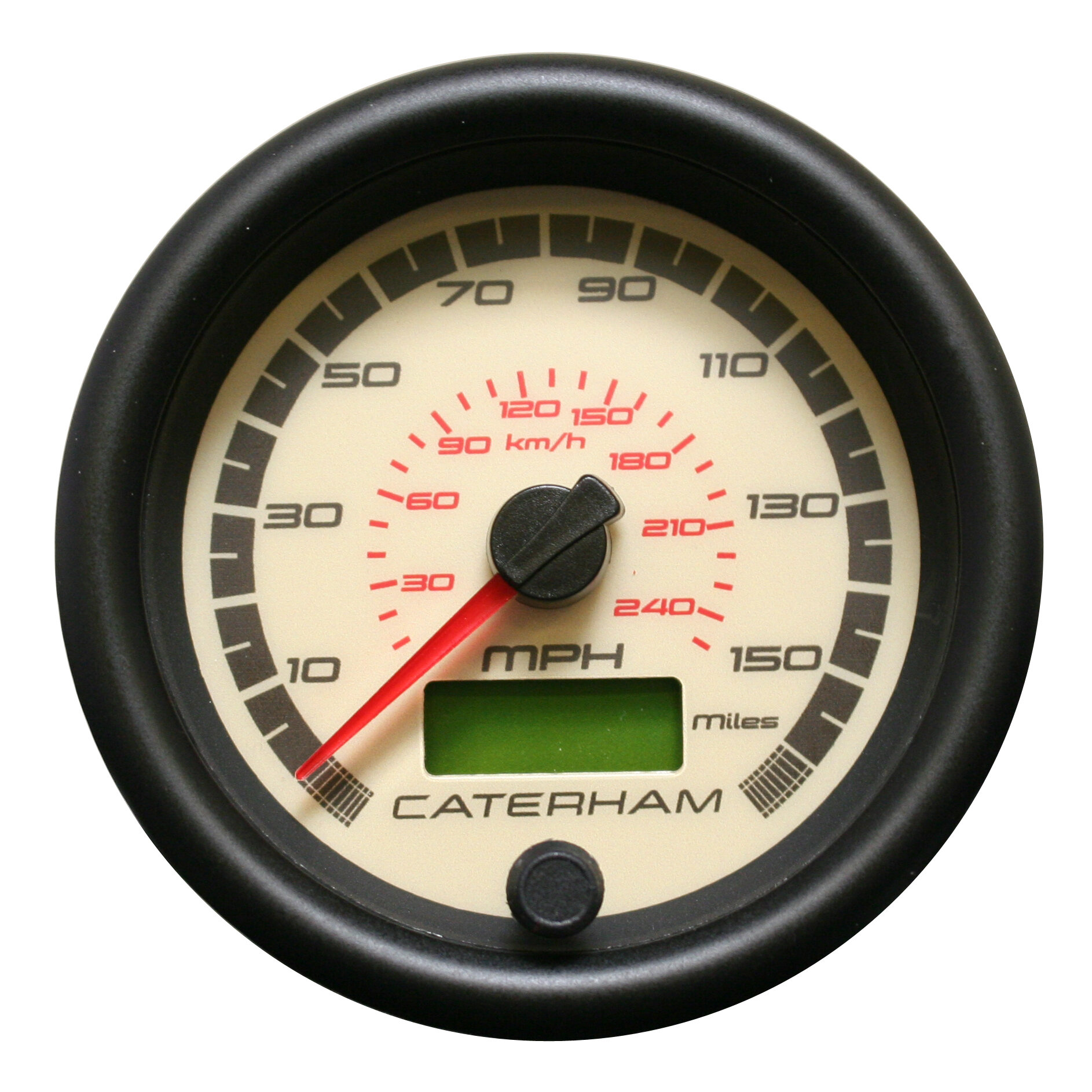Discover How a Tachometer Can Enhance Your Automobile's Efficiency
Discover How a Tachometer Can Enhance Your Automobile's Efficiency
Blog Article
The Relevance of a Tachometer in Keeping An Eye On Engine Rate and Efficiency in Automotive Applications
In the world of vehicle engineering, the tachometer stands as a crucial instrument in the vehicle driver's collection, offering a direct window into the inner functions of a vehicle's engine. Past its function as a mere scale of changes per minute (RPM), the tachometer functions as an essential tool for fanatics and specialists alike, supplying real-time insights right into engine performance and health. Understanding the relevance of this tool exceeds surface-level observations, delving right into the complex connection in between engine rate, power outcome, and overall driving experience. As we explore the multifaceted duty of the tachometer in automobile applications, a much deeper gratitude for its effect on vehicle dynamics and performance begins to arise.
Value of Keeping Track Of Engine RPM
Keeping an eye on engine RPM, or changes per min, is an essential facet of automobile maintenance and efficiency analysis. Engine RPM directly associates with the rate at which the engine's crankshaft turns, showing how quickly the engine is running - tachometer. By keeping an eye on RPM, auto mechanics can analyze the health of the engine, spot potential issues, and fine-tune performance. An irregular RPM analysis might indicate troubles such as engine misfires, malfunctioning ignition system, or problems with the fuel shipment system. Regularly high RPM analyses might suggest hostile driving behaviors or the requirement for a greater gear shift to improve fuel performance.
In addition, keeping track of engine RPM is crucial for efficiency evaluation in racing and high-performance vehicles. In recap, keeping an eye on engine RPM is not only important for identifying concerns however likewise for maximizing engine efficiency in numerous auto applications.

Benefits of Real-Time Data
In automotive applications, real-time information plays a crucial duty in giving instant insights into the efficiency and problem of the automobile. By constantly monitoring various parameters such as engine speed, temperature, fuel intake, and a lot more, real-time information uses numerous advantages that add to enhanced efficiency and safety and security when driving.
One substantial advantage of real-time data is its ability to sharp motorists and service technicians to any type of anomalies or concerns promptly. This positive method makes it possible for fast identification of potential problems, allowing for timely treatments to avoid further damages or malfunctions. In addition, real-time data assists in efficiency optimization by providing immediate responses on driving practices and engine effectiveness. Vehicle drivers can change their behavior in real-time based on this details to achieve much better fuel economy and extend the lifespan of their lorry.

Moreover, real-time data plays a crucial role in modern-day automobile diagnostics, making it possible for professionals to promptly identify and attend to breakdowns. This results in decreased downtime, lower upkeep prices, and inevitably, boosted overall vehicle dependability and durability (tachometer). By utilizing the power of real-time information, automobile stakeholders can make enlightened decisions that positively affect both the efficiency and longevity of the automobile
Impact on Equipment Shifts
Effective gear changes in vehicle applications dramatically affect overall performance and driving experience. The tachometer plays a crucial function in maximizing gear changes by providing real-time engine rate data to the driver. When approaching the redline on the tachometer, it signifies the motorist other to upshift to protect against over-revving the engine and creating prospective damage. On the other hand, downshifting at the best moment can assist preserve the engine in its power band, guaranteeing responsive acceleration when required.
Furthermore, the tachometer aids in achieving smoother equipment changes, particularly in hands-on transmissions. By checking engine rate, motorists can carry out gear changes at the optimum RPM range, minimizing jerking activities and minimizing endure the transmission parts. This precision on duty modifications not just improves driving comfort yet also adds to sustain performance.
Enhancing Fuel Effectiveness
Offered the crucial role the this website tachometer plays in optimizing gear changes for performance and engine health and wellness, it straight adds to making the most of fuel performance in auto applications. By offering real-time comments on engine rate, the tachometer assists drivers in keeping the most reliable RPM range for gas economic climate. When vehicle drivers constantly keep track of the tachometer and change their driving routines accordingly, they can stay clear of unneeded fuel usage triggered by over-revving or carrying the engine.
Moreover, the tachometer helps motorists determine the most fuel-efficient gear to be in at any type of provided minute, stopping the engine from functioning more difficult than required. This is specifically critical during velocity and travelling, where remaining in the appropriate equipment can substantially impact fuel efficiency. Additionally, the tachometer can alert drivers to potential mechanical issues that could be negatively influencing fuel economic situation, such as a slipping clutch or a clogged up air filter. In final thought, the tachometer acts as a useful tool in improving fuel effectiveness by promoting optimal driving habits and recognizing locations for renovation in the automobile's efficiency.

Maximizing Engine Longevity
The i loved this tachometer's duty in keeping an eye on engine rate and performance contributes in ensuring the durability of automotive engines. By utilizing the tachometer effectively, vehicle drivers can enhance engine longevity with mindful RPM monitoring. Consistently revving an engine too high can lead to excessive wear and tear on crucial components, such as the pistons, valves, and bearings. Over time, this can lead to lowered engine efficiency and potential breakdowns. Monitoring the tachometer allows drivers to stay within the advised RPM variety for their car, preventing unnecessary stress on the engine and prolonging its life-span.

Verdict
To conclude, the tachometer plays an important duty in checking engine rate and efficiency in automobile applications. By offering real-time data on RPM, it permits effective equipment changes, boosted gas effectiveness, and optimized engine durability. This device is essential for preserving ideal engine efficiency and ensuring the overall functionality of a car.
Report this page